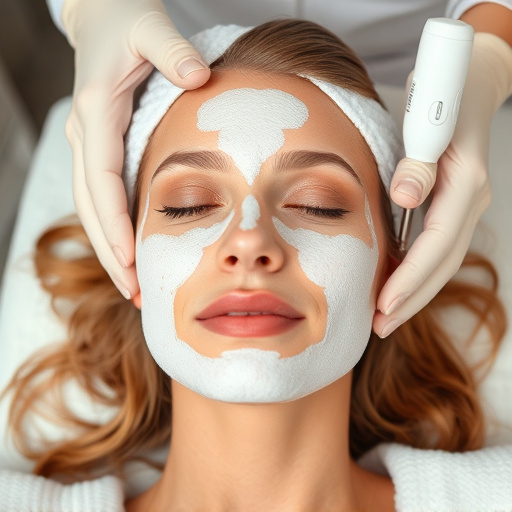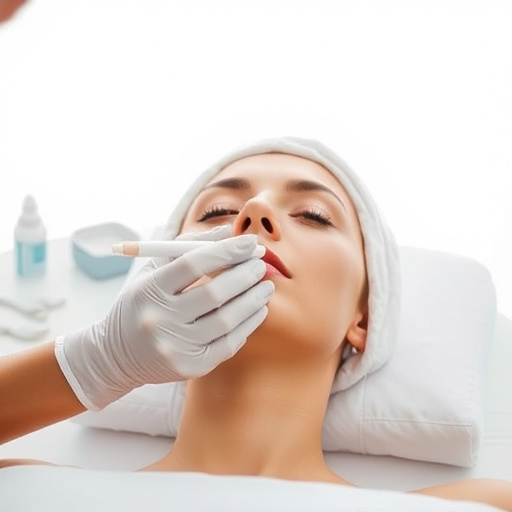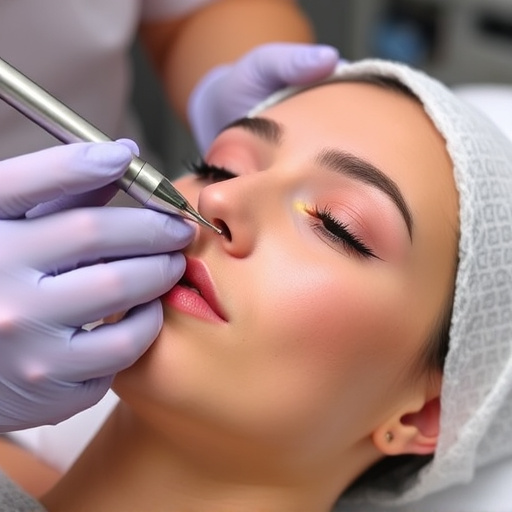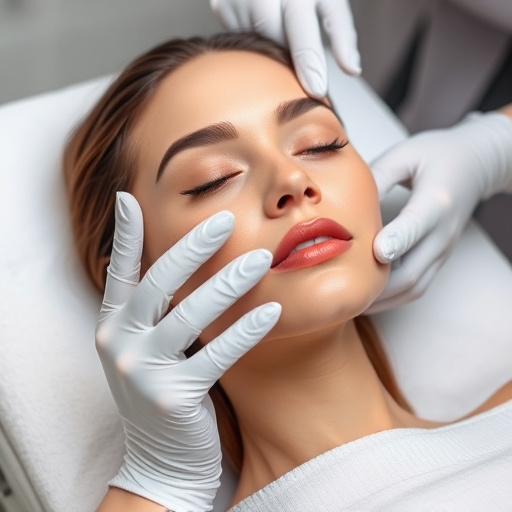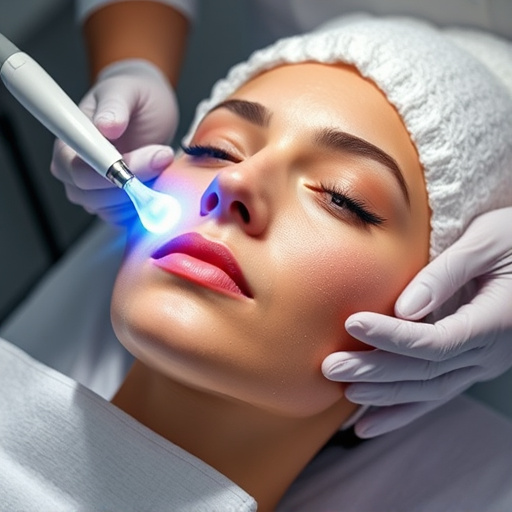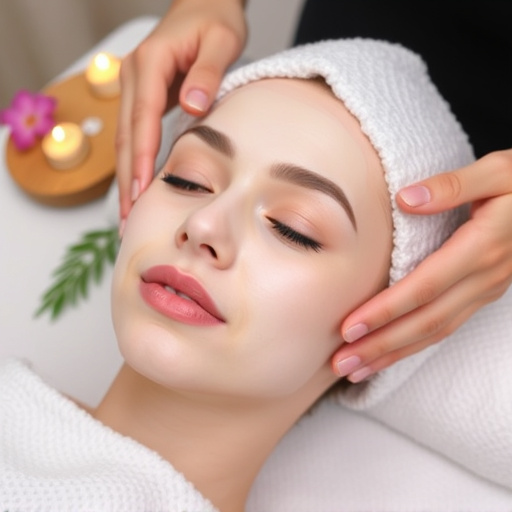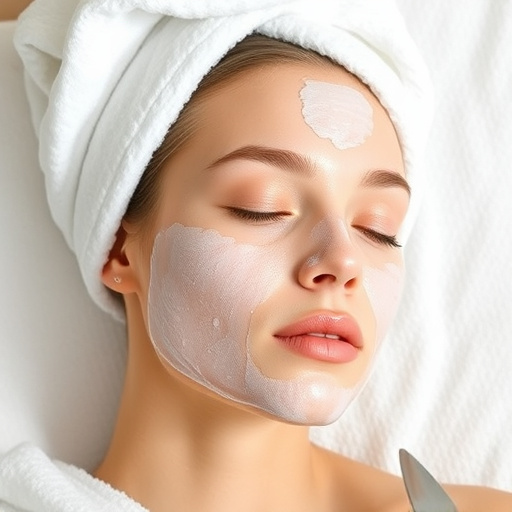Lactic acid peels are a popular and effective facial treatment that combines chemical exfoliation and keratinolysis, improving skin texture and appearance. Suitable for various skin types, regular treatments reduce wrinkles, enhance skin tone, and create a more youthful complexion. Pairing lactic acid peels with procedures like microneedling can deliver even more dramatic results. Treatment duration depends on skin type, lactic acid concentration, and individual goals, with thicker skin needing deeper peels and higher concentrations offering faster results but increasing side effect risks. To maximize benefits, maintain consistent treatments, follow a tailored skincare routine, stay hydrated, avoid aggressive exfoliation, and focus on personalization for long-term results.
Discover the transformative power of lactic acid peels and their enduring results. This natural alpha hydroxy acid (AHA) is a popular choice for skincare enthusiasts seeking improved skin texture, reduced fine lines, and even tone. Learn how factors like skin type, peel concentration, and post-procedure care influence the duration of effects. Uncover expert tips to optimize your lactic acid peel experience and extend its benefits, ensuring long-lasting, radiant skin.
- Understanding Lactic Acid Peels and Their Efficacy
- Factors Influencing Peel Duration and Results
- Tips for Optimizing and Extending Peel Results
Understanding Lactic Acid Peels and Their Efficacy
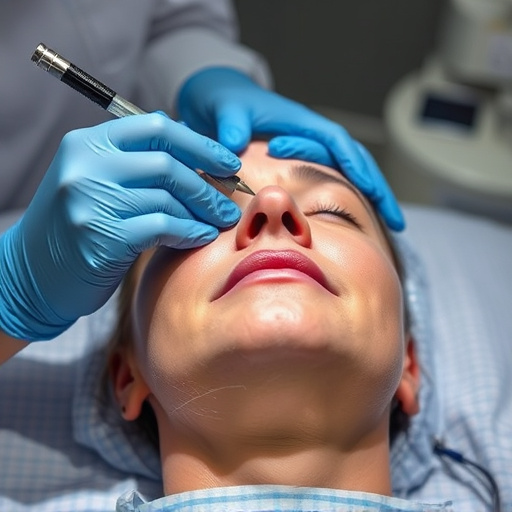
Lactic acid peels are a popular choice for those seeking effective facial treatments to enhance skin texture and appearance. This type of peel involves applying a concentrated solution of lactic acid, a naturally occurring alpha hydroxy acid (AHA), onto the skin. Lactic acid is known for its excellent tolerability, making it suitable for various skin types, even sensitive ones. Its ability to exfoliate dead skin cells and stimulate collagen production contributes to significant improvements in skin quality.
The efficacy of lactic acid peels lies in their dual action: chemical exfoliation and keratinolysis. Chemical exfoliation helps remove the upper layers of skin, reducing fine lines and wrinkles while promoting cell turnover. Keratinolysis, or the breakdown of keratin, results in smoother, softer skin with improved texture. Studies show that regular lactic acid peel treatments can lead to notable wrinkle reduction, enhanced skin tone, and a more youthful appearance. Additionally, when combined with other procedures like microneedling therapy, these peels can offer even more dramatic results for those seeking comprehensive facial rejuvenation.
Factors Influencing Peel Duration and Results
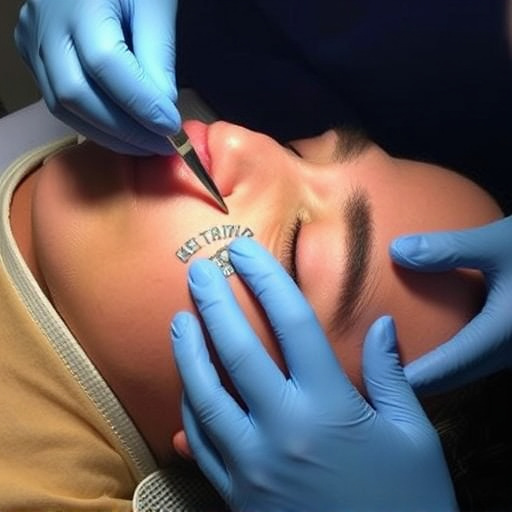
Several factors influence how long the effects of a lactic acid peel last and the overall results achieved. Skin type plays a significant role; thicker skin may require deeper peels and longer recovery times, while thinner skin might be more suitable for milder treatments. The concentration of lactic acid used is another critical determinant. Higher concentrations can deliver faster and more dramatic results but also increase the risk of side effects and necessitate a longer healing period.
In addition, individual skin rejuvenation goals impact peel duration. Treatments aimed at extensive wrinkle reduction or significant pore refinement may require multiple sessions spaced weeks apart for optimal results. Conversely, lighter peels focused on maintaining skin clarity and enhancing anti-aging treatments can offer benefits with just one session, though touch-ups might be needed every few months to maintain consistency.
Tips for Optimizing and Extending Peel Results
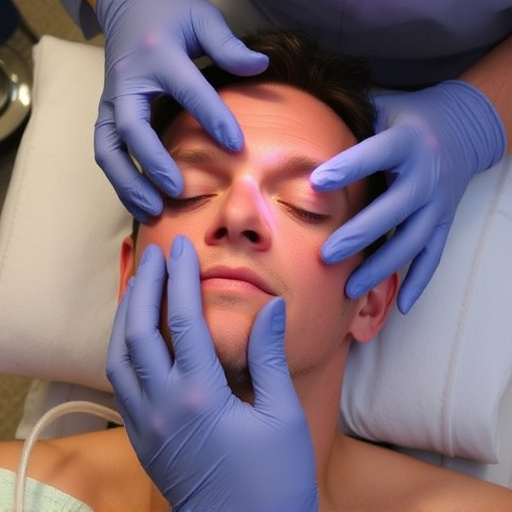
To get the most out of your lactic acid peel and extend its results, there are several tips to keep in mind. First, consistency is key; regular treatments can enhance the effects of the peel, helping to maintain smoother, brighter skin. Incorporate a good skincare routine before and after the peel to optimize results. This includes using gentle cleansers and moisturizers suitable for your skin type, as well as incorporating hydrating serums or oils to support skin health and recovery.
Additionally, focus on maintaining proper hydration levels both topically and internally. Well-hydrated skin is more responsive to treatments, and drinking plenty of water can help improve overall skin texture and radiance. Exfoliation before the peel, but avoid aggressive methods that could cause irritation, as this may compromise the skin’s barrier function. Remember, a personalized skincare approach tailored to your specific needs will yield the best long-term outcomes for your lactic acid peel, enhancing pore refinement, skin brightening, and overall skin health.
Lactic acid peels offer significant skin rejuvenation benefits, with results visible after just one treatment. However, their duration can vary based on several factors like skin type, depth of the peel, and post-procedure care. By understanding these variables and implementing optimization tips, such as staying hydrated, using sunscreen daily, and avoiding irritants, you can extend the lifespan of your lactic acid peel results, enjoying smoother, more radiant skin for longer.








